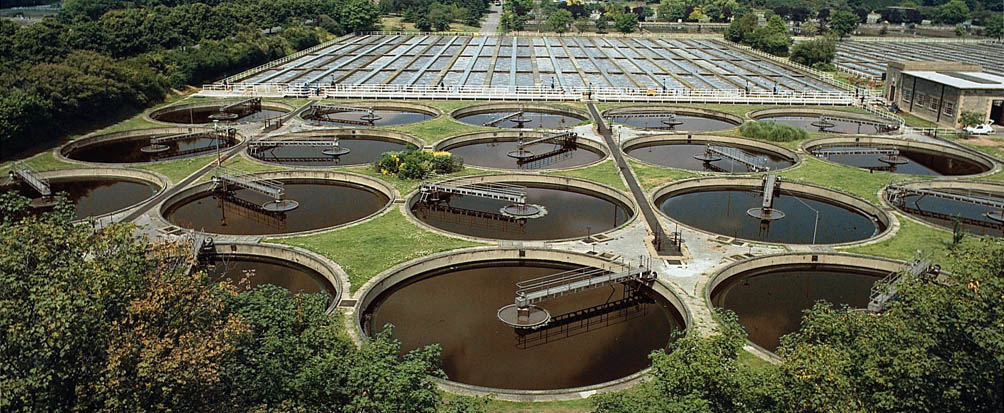Introduction
Sewage water treatment is essential in modern society to ensure the safe disposal of wastewater. By employing biological processes, treatment plants can effectively reduce pollutants and make water safe for reuse or release into the environment.
The Role of Biological Processes
Microorganisms in Waste Breakdown
Microorganisms play a pivotal role in breaking down organic matter in sewage water. These naturally occurring bacteria consume pollutants, converting them into less harmful substances. This process is vital in reducing wastewater’s biological oxygen demand (BOD).
Aerobic Treatment Methods
In aerobic treatment, microorganisms require oxygen to thrive. Introducing air into the sewage encourages bacteria to break down organic material more efficiently. Activated sludge and trickling filters are common aerobic processes that enhance the breakdown of waste.
Anaerobic Treatment Methods
Anaerobic treatment does not require oxygen. In this method, bacteria break down organic matter in an oxygen-free environment, producing biogas as a byproduct. This process is slower than aerobic treatment but is energy-efficient and useful for treating high-strength waste.
Advantages of Biological Treatment
Environmentally Friendly Solutions
Biological processes are sustainable and eco-friendly. They minimize the need for chemical treatments, which can have negative environmental impacts. Sewage treatment plants rely on natural processes and contribute to a healthier ecosystem.
Energy Efficiency
Anaerobic digestion generates biogas, which can be used as an energy source. This reduces the energy footprint of the treatment plant, making it more sustainable and cost-effective.
Effective Pollutant Removal
Biological treatments are highly effective at removing organic pollutants. This results in cleaner water that meets environmental standards for discharge or reuse.
Challenges in Biological Sewage Treatment
Balancing Microbial Populations
Maintaining the right balance of microorganisms is crucial for effective treatment. Any disruption in this balance can reduce the process’s efficiency and lead to poor water quality.
Temperature and pH Sensitivity
Biological processes are sensitive to changes in temperature and pH levels. Extreme conditions can inhibit bacterial activity, slowing down the treatment process.
Sludge Management
The accumulation of sludge is a byproduct of biological treatment. Proper management and disposal of sludge are necessary to prevent environmental contamination.
Conclusion: The Future of Biological Sewage Treatment
Biological processes are central to the future of sewage water treatment. With advancements in technology, these methods will continue to evolve, offering more efficient and sustainable solutions for wastewater management. By optimizing these processes, we can ensure cleaner water and a healthier environment for future generations.





